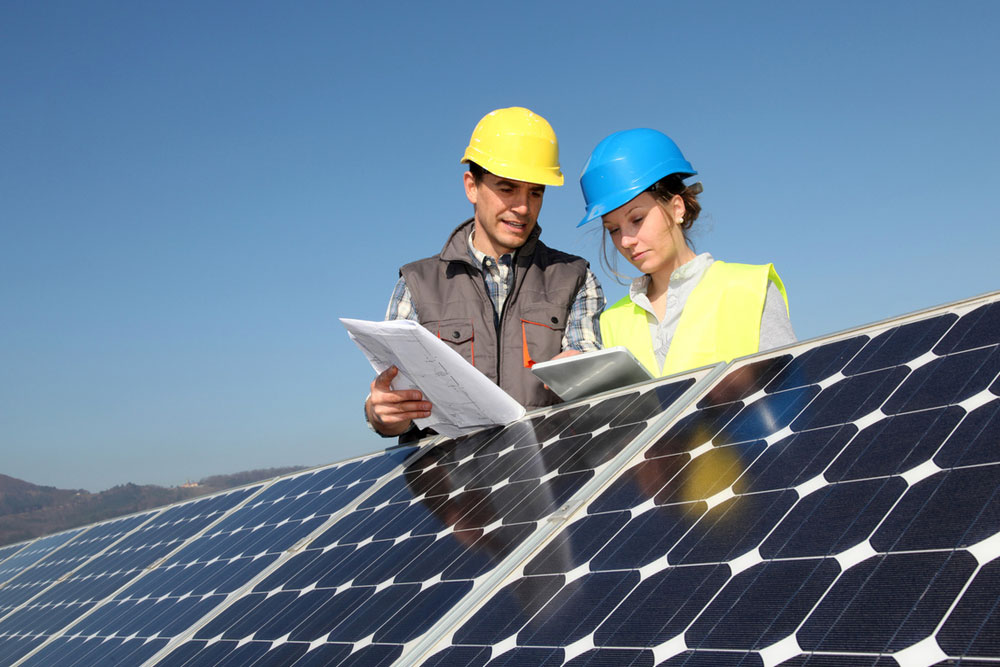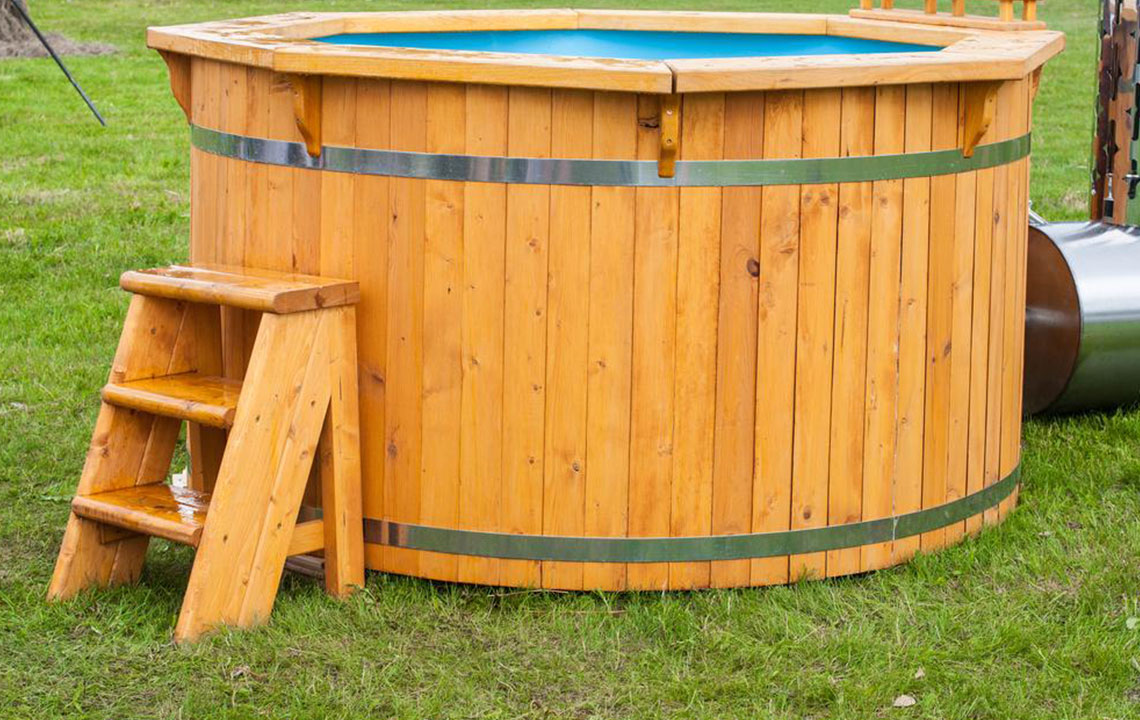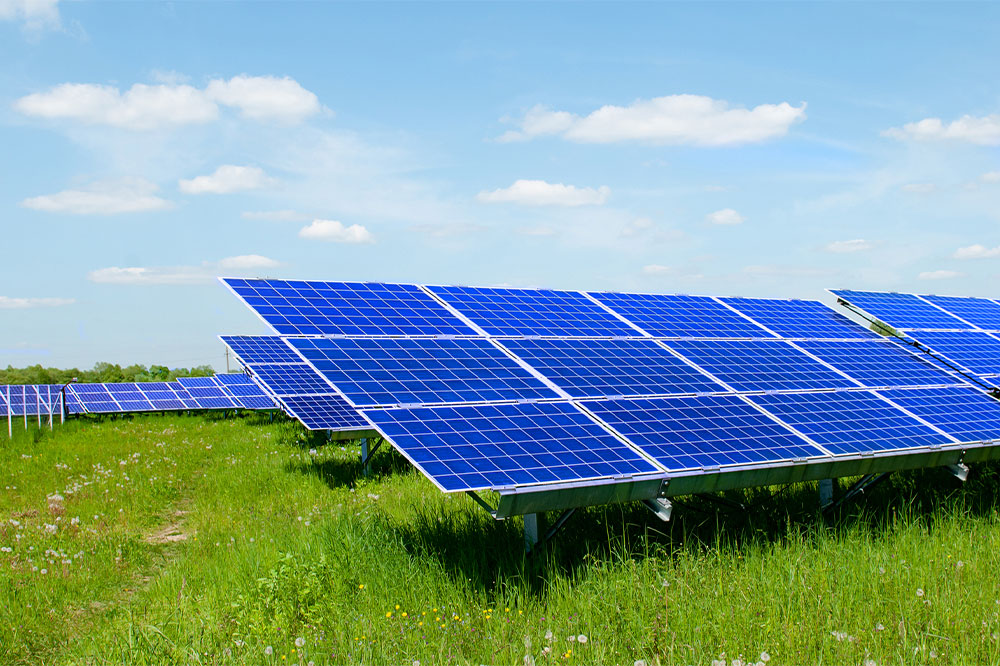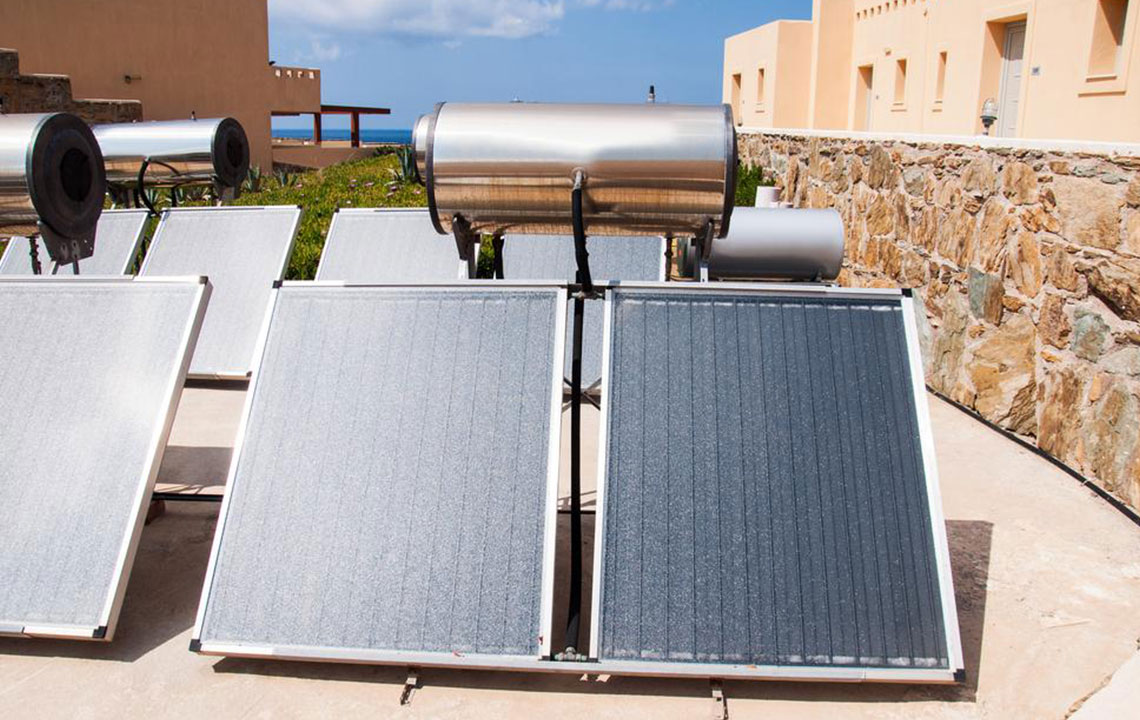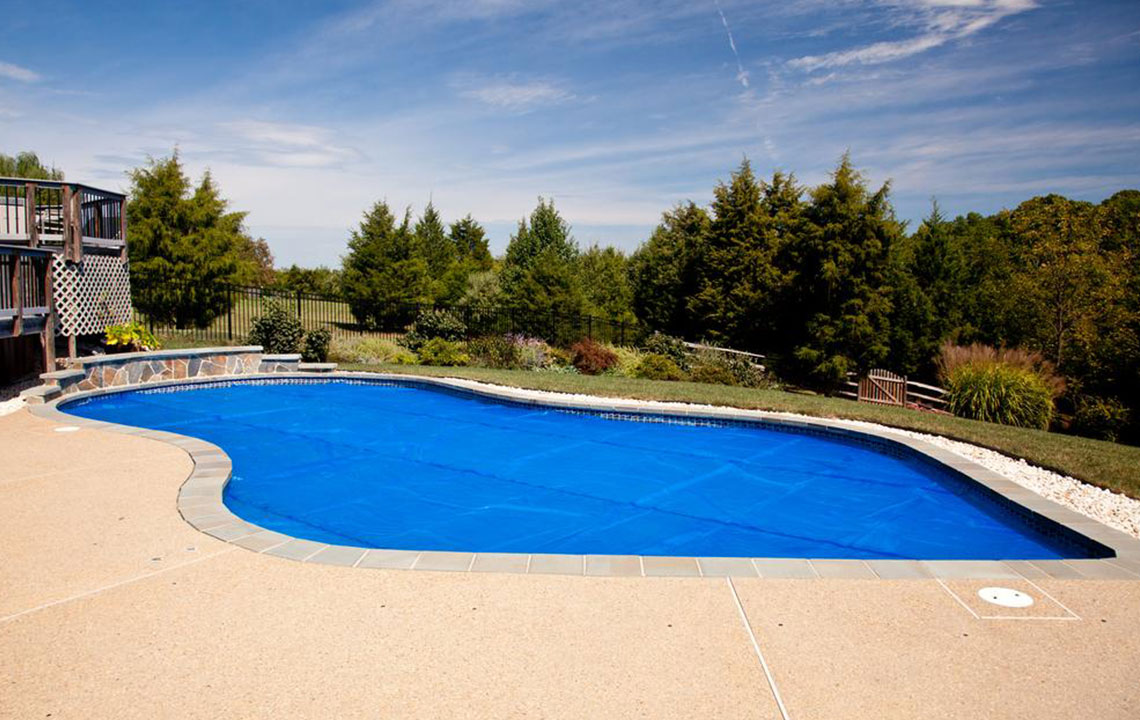Eco-Friendly Solar Power Solutions for Homes: Investment and Savings Tips
Discover the essentials of setting up home solar panels, including cost estimates, financial incentives, and practical tips to maximize savings. Learn how photovoltaic systems work and the factors influencing overall expenses. The article offers guidance on reducing installation and operational costs while exploring government subsidies and tax credits available in various regions. Achieving energy independence and eco-friendly living becomes more accessible with informed decisions and strategic planning.
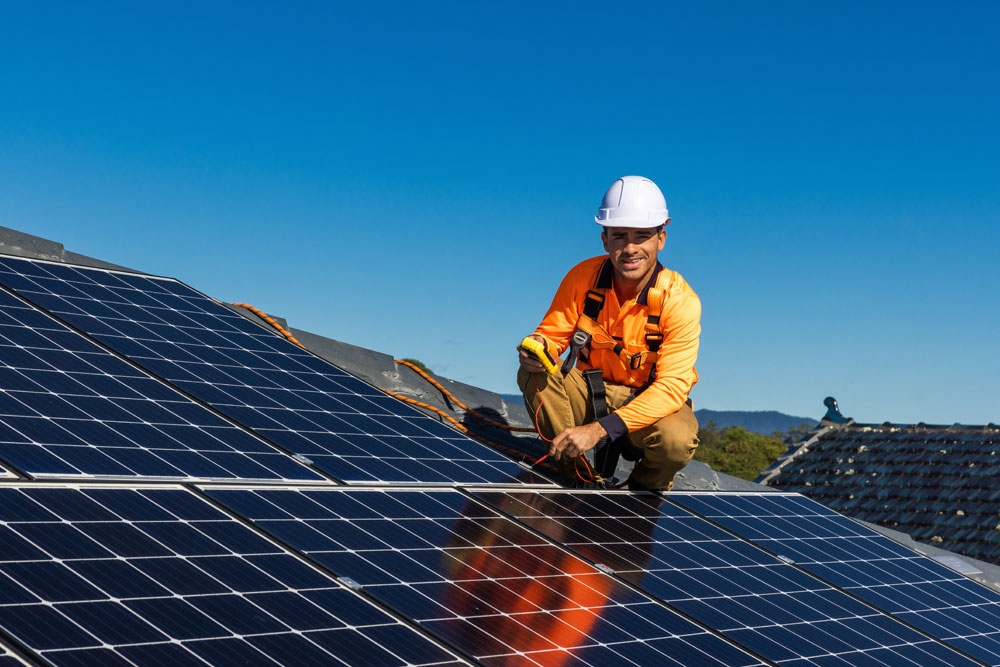
Home Solar Power Installation: Investment Overview and Cost-Saving Strategies
Technological progress in solar photovoltaics has made renewable energy accessible for residential use. Many homeowners are adopting solar panels to cut energy expenses and reduce their environmental impact. Before installing, it’s essential to understand the costs involved in setup, upkeep, and operation.
How Solar Panels Generate Power
These systems use photovoltaic (PV) cells composed of silicon or similar materials, covered with glass, to convert sunlight into electricity through the photoelectric effect. PV cells absorb sunlight, produce electrical charges, and transmit current via conductors to power homes or feed into the grid. The generated energy can be used directly, stored, or fed back to reduce utility bills.
System Cost Estimates
A typical 3kW solar setup, enough to power an average household, costs approximately €6,000 to €9,000, covering equipment and installation. Larger systems, like a 6kW, range from €7,500 to €15,000. The final price depends on various factors, including component quality and installation specifics.
Key Cost Components
Materials and Equipment Initial expenses include panels, inverters, mounting structures, and wiring. Premium products with higher efficiency come at higher costs, averaging €1,200–€1,500 per kWp across Europe.
Installation Fees Labour costs for assembling and installing the system add 10–25% of the total equipment price. Costs vary based on roof type, building design, and accessibility.
Operational Expenses Routine maintenance, inspections, and potential repairs typically amount to 1–2% of the system’s initial cost annually.
Energy Storage Costs For complete energy independence, battery storage is recommended. Prices depend on capacity and tech, generally adding €500–€1,000 per kWh, totaling €5,000–€10,000.
Financial Incentives and Savings
Government subsidies and tax credits can significantly lower out-of-pocket expenses. The Superbonus 110% previously allowed tax deductions up to 110% of installation costs, although current benefits have been adjusted but remain advantageous. Programs like Transizione 5.0 offer up to 35% tax credits for industrial solar investments, especially for projects sourcing EU-made modules.
Cost-Reduction Tips
Compare Options Carefully Research various brands, models, and inverter efficiencies before purchasing. User reviews and market comparisons help find the best value for quality components.
Maintain System Regularly Routine cleaning and inspections prevent costly repairs and maintain efficiency. Self-maintenance knowledge can further reduce expenses.
Optimize Panel Orientation Ensuring correct positioning maximizes sunlight capture, improving performance and energy savings. Site-specific factors influence optimal alignment.
Note: Our articles aim to provide useful insights based on available data. However, always verify with local providers and programs, as schemes and offers may vary. We are not responsible for data discrepancies or unlisted incentives.


